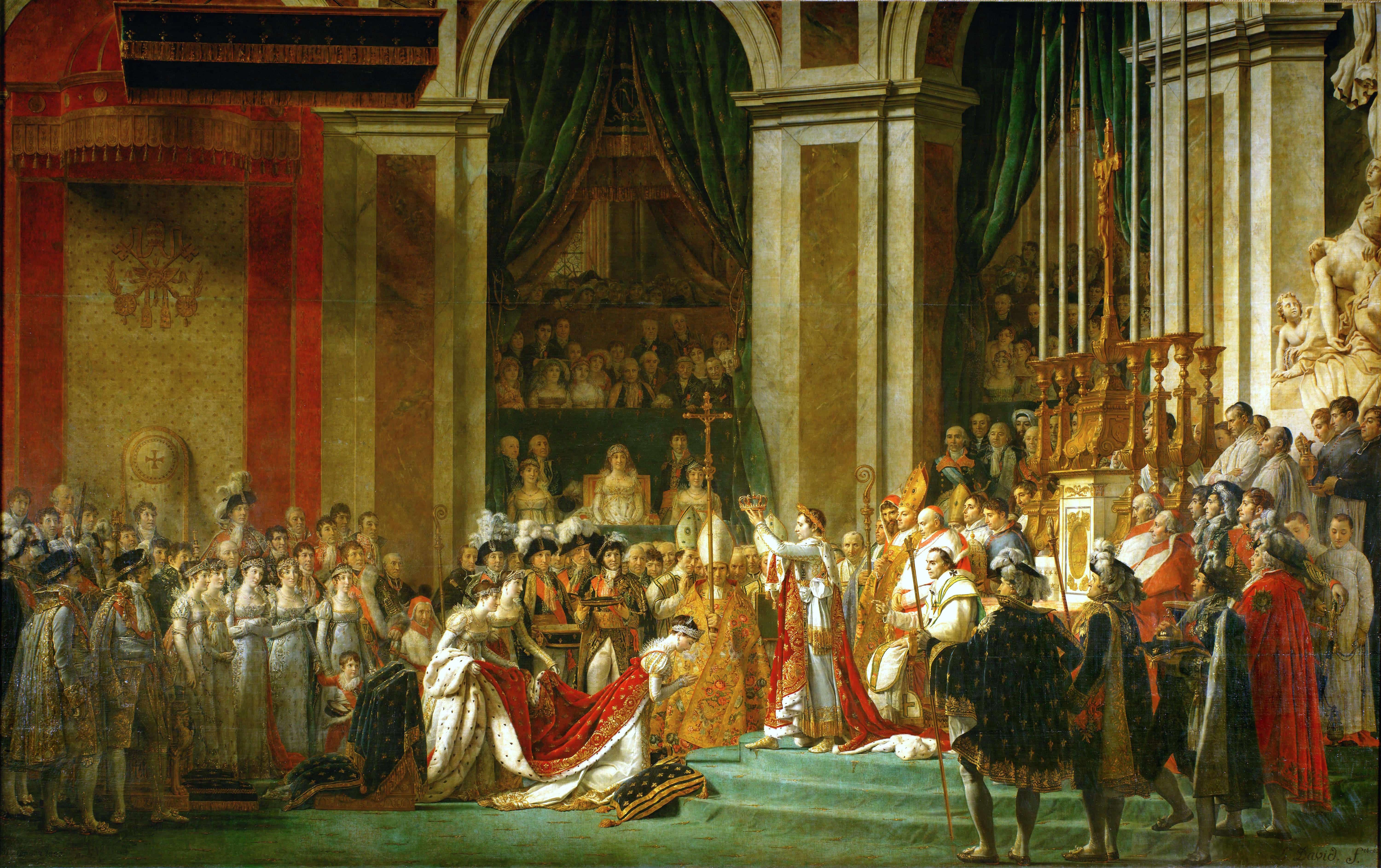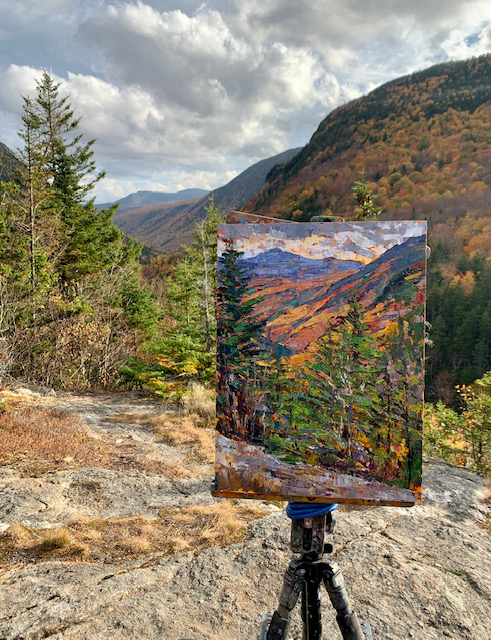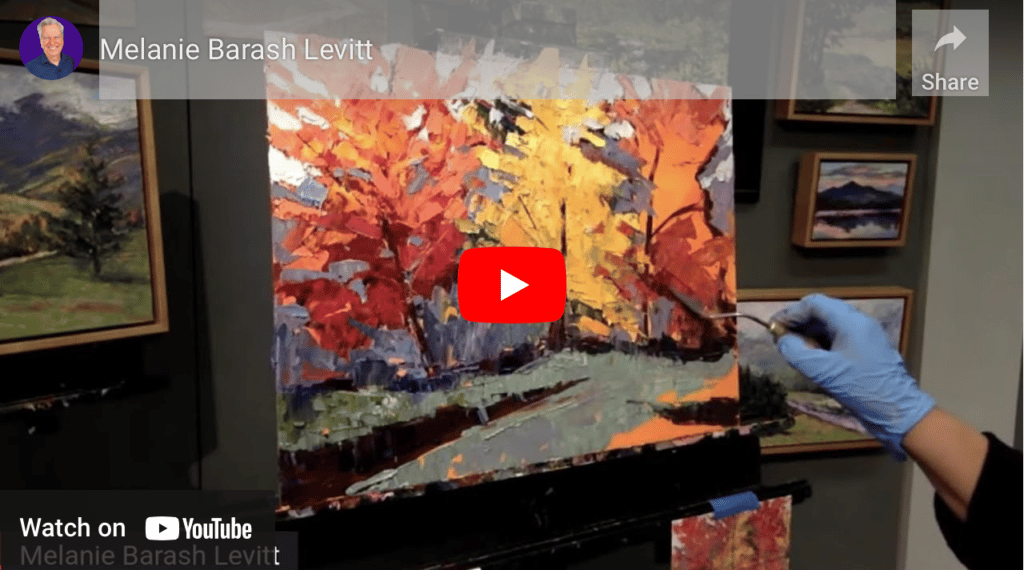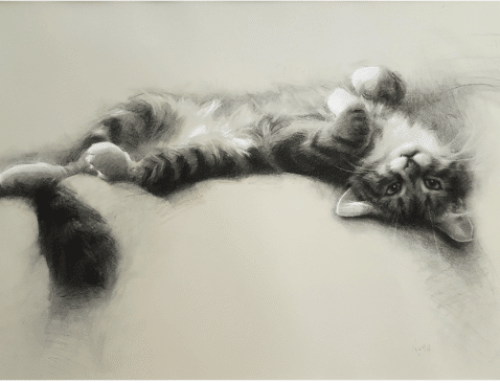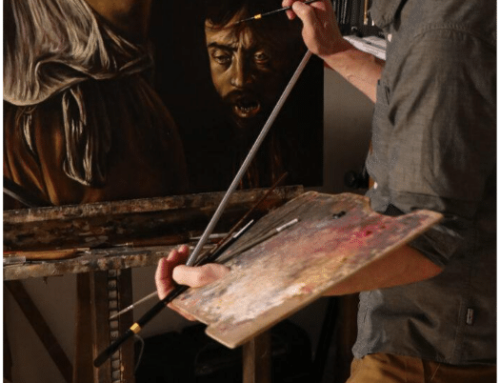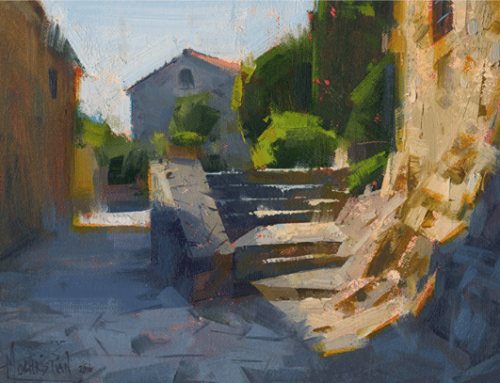Jealous of Rome’s longstanding fame as the capital of Western art, in the 1660s the French monarchy established their own art school in the midst of the fray, on the grounds of a palazzo owned by a high-ranking clergy member of the Catholic Church.
The French painter Nicolas Poussin was just beginning to make a name for himself in Rome, primarily as a painter of “ideal landscapes” with a strongly classical (ancient Greek and Roman) flavor.
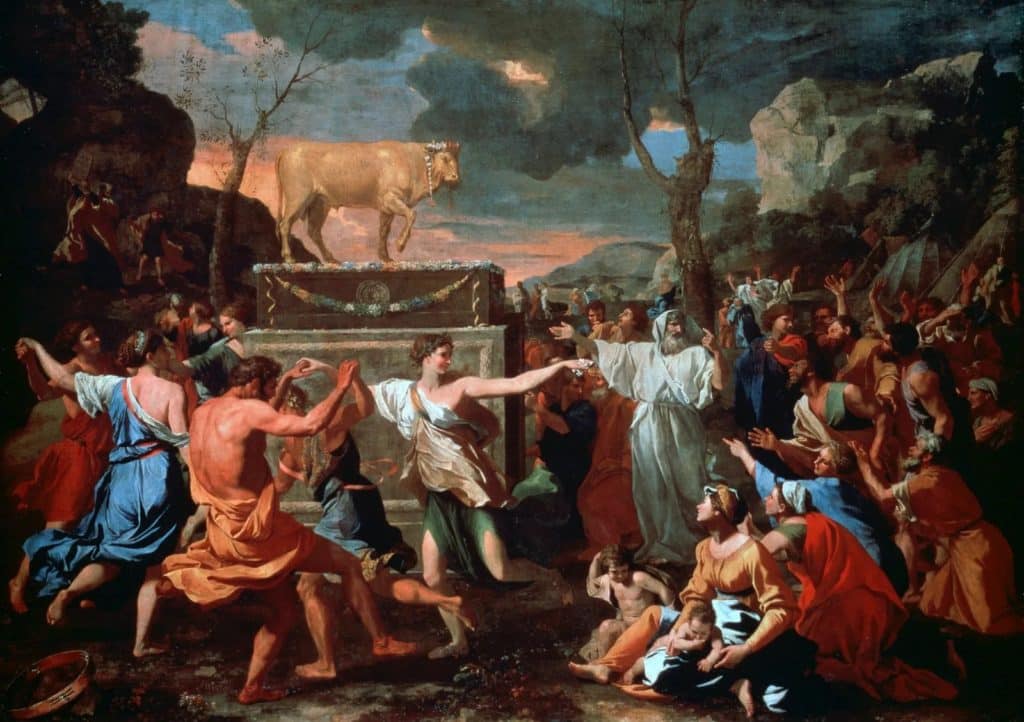
Nicolas Poussin, Adoration of the Golden Calf, oil on canvas by Nicolas Poussin, c. 1634. 153.4 × 211.8 cm.
Although Poussion’s style passed briefly out of fashion when he died, its underlying principles eventually came back into vogue as the very foundation for the Royal Académie Francais, which was established at Paris in 1638 while Poussin was still alive.
Over time a strict protocol developed in the French Academy for what could and could not be painted, and how it could be done. During the 1700s and 1800s, the Academy taught only one acceptable style, a revival of Poussin’s classicism, known as Neoclassicism. It was the codification of a criteria dictated by the Academy’s president, Jacques David (pr. dah-VEED), the most influential painter in France during the early 19th century.
David’s “The Oath of the Horatii” is one the best known paintings of Neoclassicism.
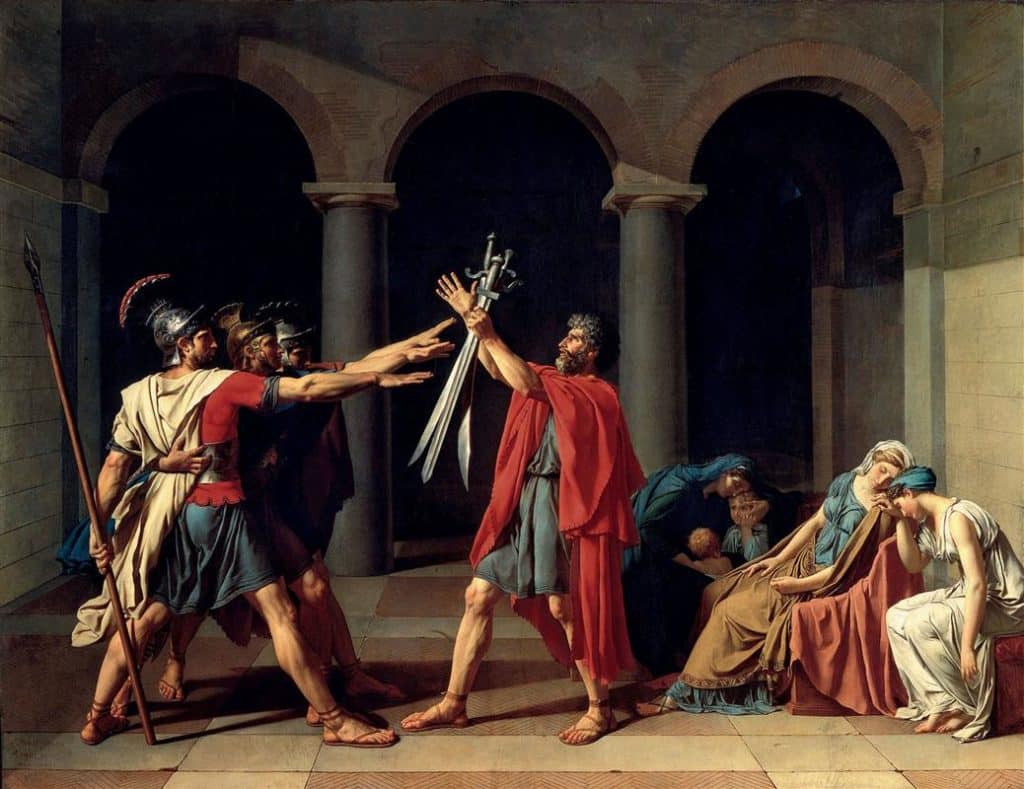
Jacques David, The Oath of the Horatii, (129.8 in × 167.2 in) 1784
The “oath” in the title refers to a Roman legend about three brothers pledging their valor for the good of Rome. The subject matter thus stresses the importance of patriotism and masculine self-sacrifice for one’s country. The painting was commissioned to be an allegory about loyalty to the state and therefore to the king. This large painting, now in the Louvre, bears many similarities to Poussin’s “Adoration” above.
After David, intense realism combined with lofty subject matter was the rule (literally) in the Academy. Neoclassical art had to have an edifying and “important” ethical/moral message. David’s formula for painting was that it had to be 1. “Historical” (though this included Biblical, classical literary, as well as mythological subject matter), it had to be 2. “elevating” to the viewer – meaning it had to celebrate civic virtues such as patriotism, reason, and heroism, and 3. it was all about draftsmanship, i.e. precision drawing, which was more important than any other aspect of painting.
THIS is what the Barbizon painters of the 1830s and during the 187os the Impressionists, were reacting against and why their work was thought so blasphemous at the time. From their perspective Neoclassicism was straight-up propaganda. The “radical” Impressionists eventually supplanted the Neoclassicists (then under the dictatorship of William Bougereau), and as a result, 20th century Modern painting would soon be born.
At least to American curators and historians, the most important and well-known Academic painters are David, Gericault, Gerome, Cot and Bougereau.
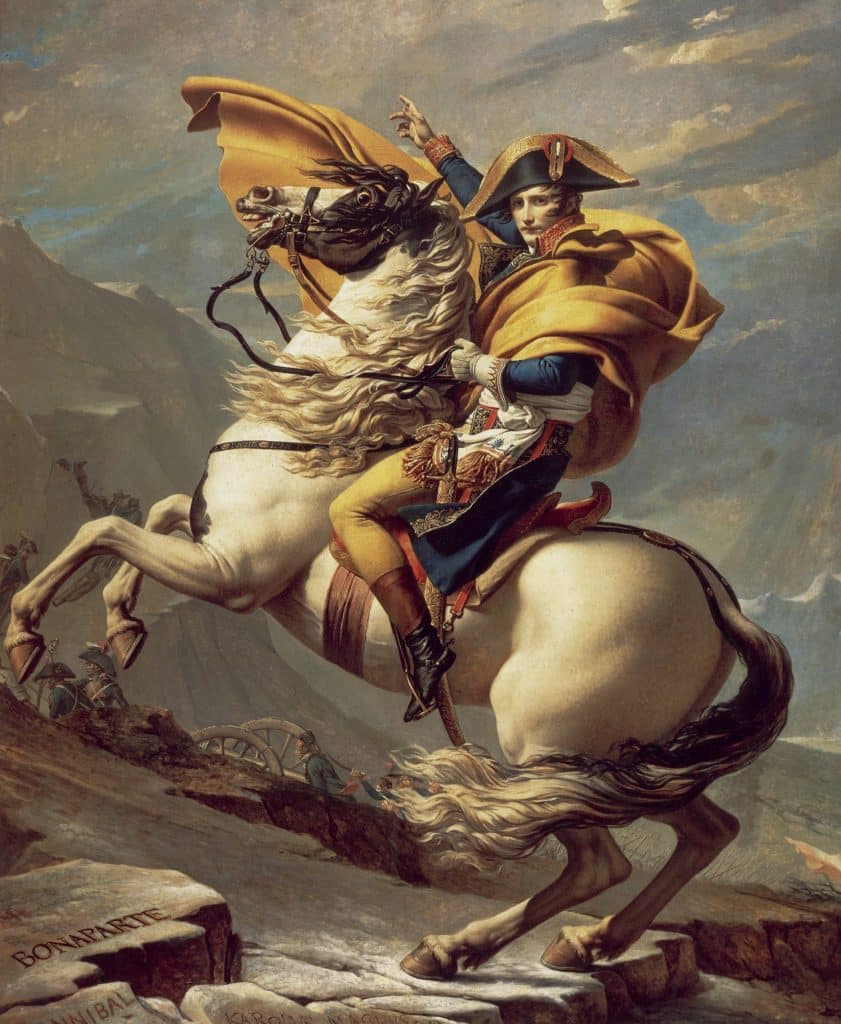
Jacques Louis David, Napoleon Crossing the Alps, oil, 101 x 87 inches. 1805
The French Academy in Rome is still in operation at the Villa Medici, within the Villa Borghese, Napoleon moved it in 1803.
Watch: Painting Fall Foliage with a Palette Knife
“Fall foliage is my favorite time of year to paint in the White Mountains,” says Melanie Barash Levitt. In this Art School Live interview with Eric Rhoads, Melanie paints a fall landscape using only a palette knife.
Watch the demonstration here:

